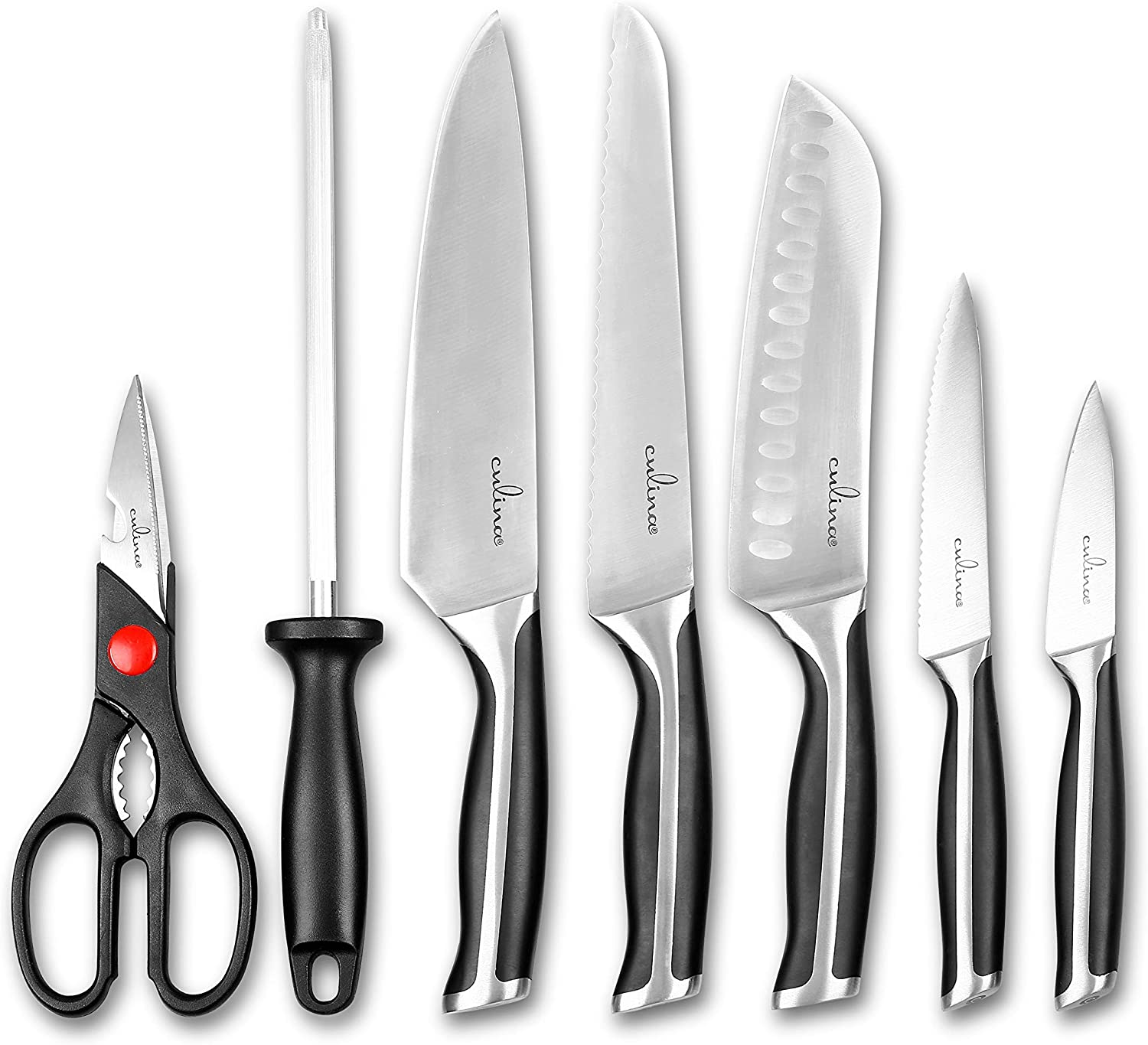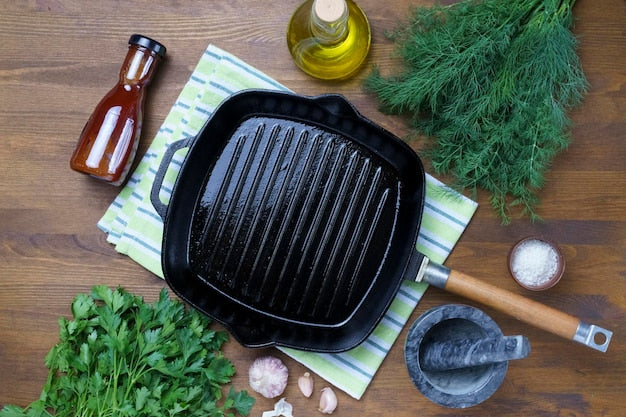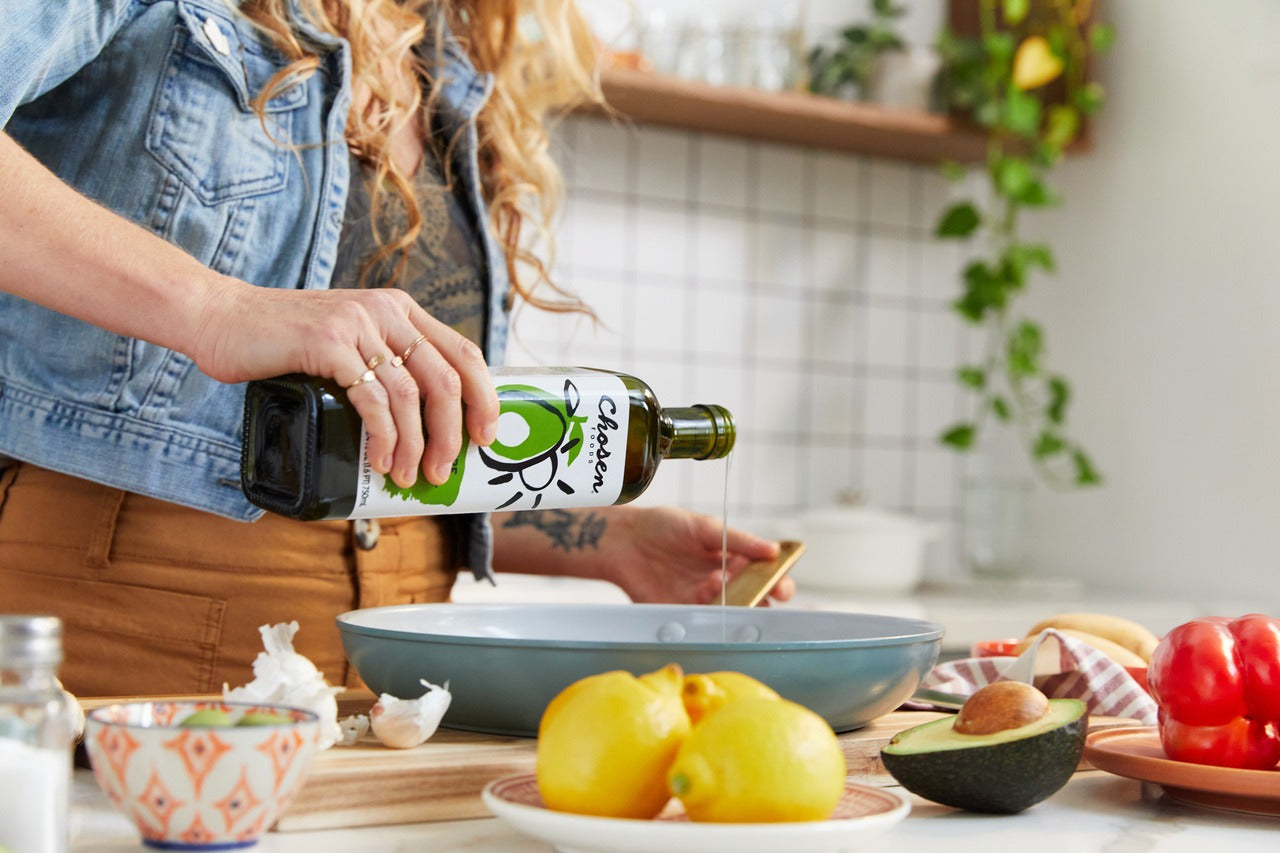The question of how thick should a wok be is pivotal for any kitchen professional. A wok's thickness greatly influences its performance, heat retention, and cooking style. Typically, woks come in various thicknesses ranging from 1.2mm to 3.0mm. The thickness you choose should align with your cooking methods and cuisine requirements. In this article, we will explore the depth of this topic, looking at various aspects of wok thickness that matter most to culinary experts.
Understanding the fundamentals of wok thickness can enhance your cooking techniques. It can impact how heat is distributed across the surface and how food is prepared. The right thickness can lead to beautifully seared meats, perfectly steamed vegetables, and expertly stir-fried dishes. Lets dive in and demystify the complexity surrounding wok thickness.

The Importance of Wok Thickness
Wok thickness is not merely a specification; its a feature that plays a critical role in thermal conductivity and cooking efficiency. Thicker woks tend to retain heat longer, which is particularly advantageous for stir-frying dishes that require high temperatures. More importantly, a thicker base minimizes warping and enhances durability, especially for frequent use in professional settings.
Pros and Cons of Different Thicknesses
When considering how thick should a wok be, its vital to weigh the benefits and drawbacks of varying thickness levels:
- Thin Woks (1.2mm - 2.0mm): These are lightweight and heat quickly, making them perfect for fast cooking methods like sizzling stir-fries. However, they may lose heat quickly and dont offer the same durability.
- Medium Thickness (2.0mm - 2.5mm): Balancing weight and heat retention, a medium thickness wok is versatile, suitable for both stir-frying and steaming. It offers a good compromise for different cooking styles.
- Thick Woks (2.5mm - 3.0mm): These woks excel in heat retention and durability, perfect for high-temperature cooking. They can take longer to heat but hold their temperature better once hot, making them ideal for larger quantities.
:max_bytes(150000):strip_icc()/WokSills101-StirFrying-VickyWasik1-947e9de8656942a185a124d561050d8e.jpg)
Choosing the Right Thickness for Your Cooking Style
The best thickness for your wok ultimately depends on your cooking style. If you work with high heat and require quick adjustments, a lighter wok may be beneficial. For professionals who often work on intricate dishes demanding consistent temperature, a medium to thick wok offers better performance.
Another aspect to consider is the type of stove you are using. For instance, high-powered gas burners benefit from thicker woks that can handle extreme heat, while electric stoves may work well with thinner models.
Considerations for Material
Besides thickness, the material of the wok also influences cooking performance. Common materials include:
- Carbon Steel: Known for its excellent heat retention and quick responsiveness to temperature changes. The thickness varies widely.
- Cast Iron: Heavier and thicker, ideal for slow cooking but takes longer to heat up.
- Non-Stick: Generally available in thinner variations but manage to cook food without sticking, simplifying cleanup.
Each material brings unique benefits and potential limitations, which makes it essential to choose wisely based on your specific cooking requirements.

Are You Cooking for a Crowd?
When preparing food for larger gatherings, the thickness of your wok matters tremendously. Heavier woks can hold more food while providing sufficient heat. If you plan to stir-fry vegetables or cook rice, check our guide on reheating rice in a wok for best practices.
Maintenance Tips for Wok Longevity
Regardless of thickness, a well-maintained wok will serve you better. Here are some maintenance tips:
- Seasoning your wok can prolong its life and improve its cooking performance.
- Cleaning correctly (e.g., using a bamboo brush) will avoid damage to the surface.
- Store properly to prevent warping or scratches.
Additional links on caring for your wok include seasoning aluminum woks and removing sticky residue.

Bottom Line: Finding Your Perfect Wok Thickness
The conclusive answer to how thick should a wok be is dependent on various factors. Consider your cooking style, stove type, and the quantity you intend to prepare. By understanding these parameters, you can select the ideal thickness for your wok, catering to your culinary demands.
For those looking to invest in quality woks, you might want to check this resource for extensive guidance.
FAQs
1. What thickness is best for professional chefs?
Professional chefs typically prefer medium to thick woks as they provide good heat retention and durability.
2. Does the material affect the thickness needed?
Yes, different materials require different thicknesses for optimal performance. For example, cast iron woks are thicker.
3. Can I use a thin wok on a high-heat gas burner?
While you can use a thin wok on a high-heat gas burner, it may lose heat quickly and could warp over time.
As an Amazon Associate, I earn from qualifying purchases.






Leave a comment
This site is protected by hCaptcha and the hCaptcha Privacy Policy and Terms of Service apply.